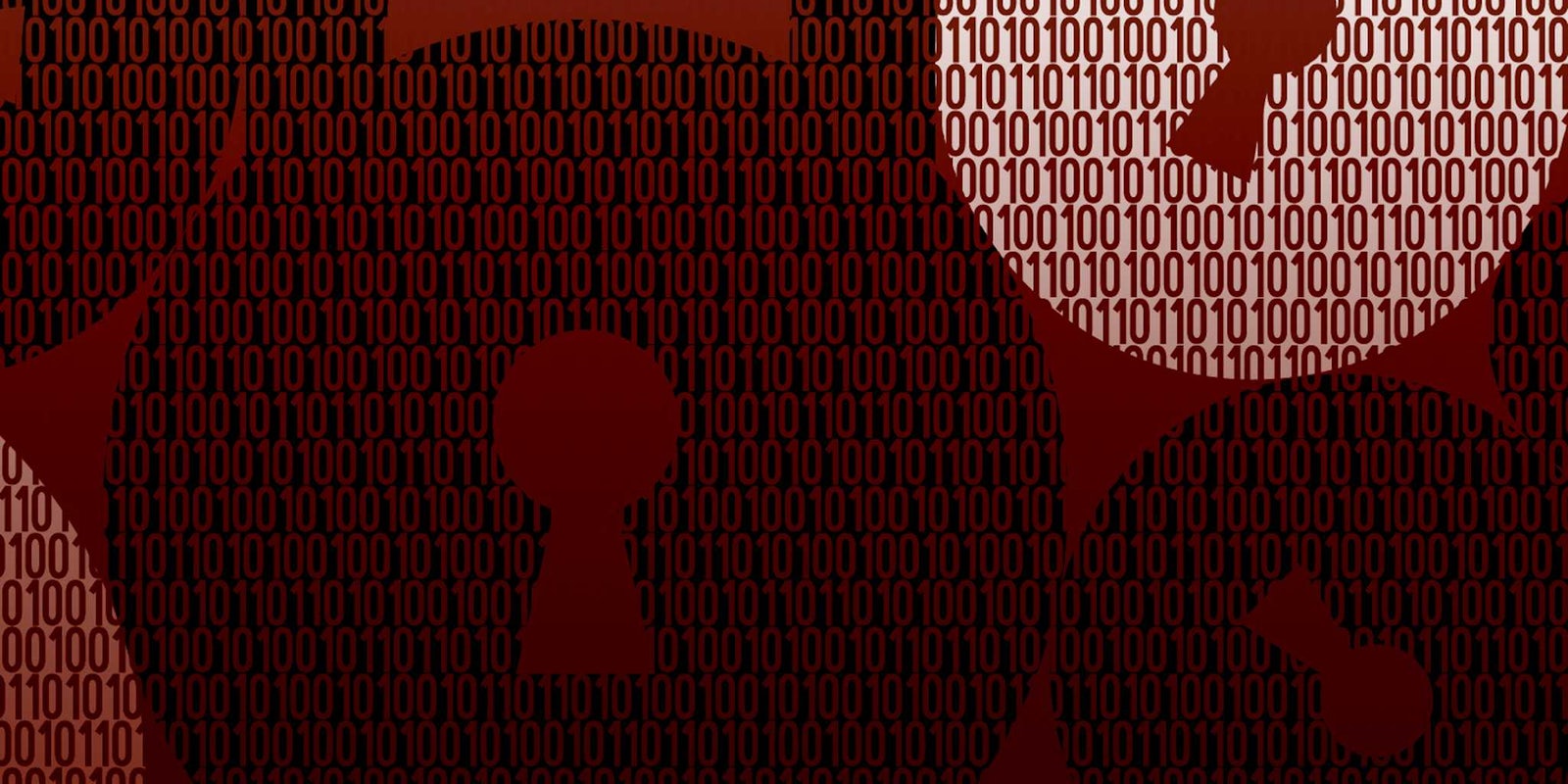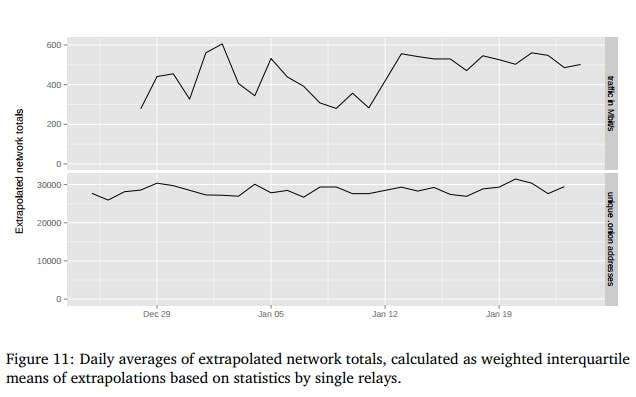Just how big is the Dark Net? After a long wait, we might finally now have an answer.
About 30,000 unique hidden services on the Tor network make up around 3.4 percent of the total traffic on the entire network, according to a new study from the Tor Project. That accounts for about .5 gigabits per second of hidden service traffic on the network.
Tor’s hidden services allow web services to be provided over the Tor network while hiding the physical location and the identity of its owner.
Once you dive into the specific hidden services themselves, their depth becomes immediately apparent. The newly launched Tor search engine called Onion.city—probably the finest Tor search engine in existence—is indexing about 350,000 pages, and it’s only been around for less than a week.
Despite hidden services accounting for around 3.4 percent of Tor’s traffic, they’ve made up the vast majority of the media conversation surrounding Tor.
Silk Road, the multimillion dollar anonymous black market that was shut down in 2013, is the most famous hidden service of all time. Other hidden services are used to promote censored writing or to enable anonymous chat services. Facebook has a hidden service and many mainstream websites have considered following suit.
Even so, the 30,000 number might strike even some regular users as surprisingly high. After all, if you dive into the Dark Net and go to some of the major directories such as the Hidden Wiki, only a few thousand websites are likely to be listed for public consumption.
To comprehend this number, you have to understand that hidden services are not necessarily public websites meant to be advertised and seen by all. Actually, many are exactly the opposite. And quite a few aren’t even websites because hidden services include any web service, including a chat server.
A controversial 2014 study claimed that over 80 percent of hidden service visits on Tor are related to pedophelia. The study was then used weeks later by the Department of Justice to erroneously claim that 80 percent of all Tor traffic is child porn, an assertion met with broad hostility from privacy activists who saw the claim as baseless slander.
This study has already been used as a poignant rebuff of the DOJ’s claims that “lawlessness” and child porn plagues the anonymity network. Karen Reilly, Tor’s development director, took to Twitter last month to make her case.
Hidden services at ~0.5% of Tor traffic. A fraction of those are run by bad people. A far cry from 80%
— akareilly 🐀 (@akareilly) January 27, 2015
When a politician comes for your freedom for the sake of children, ask them about school, counseling, health, and social services funding.
— akareilly 🐀 (@akareilly) January 27, 2015
When a politician comes for your freedom for the sake of children, ask them about school, counseling, health, and social services funding.
— akareilly 🐀 (@akareilly) January 27, 2015
Correction: Hidden services make up roughly 3.4 percent of total network traffic, according to Tor developers, not 1 percent as previously reported.
Illustration by Max Fleishman



